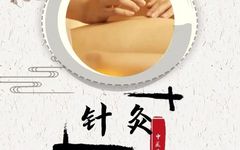Acupuncture is a unique treatment method in China for various diseases, representing a form of external treatment for internal ailments.
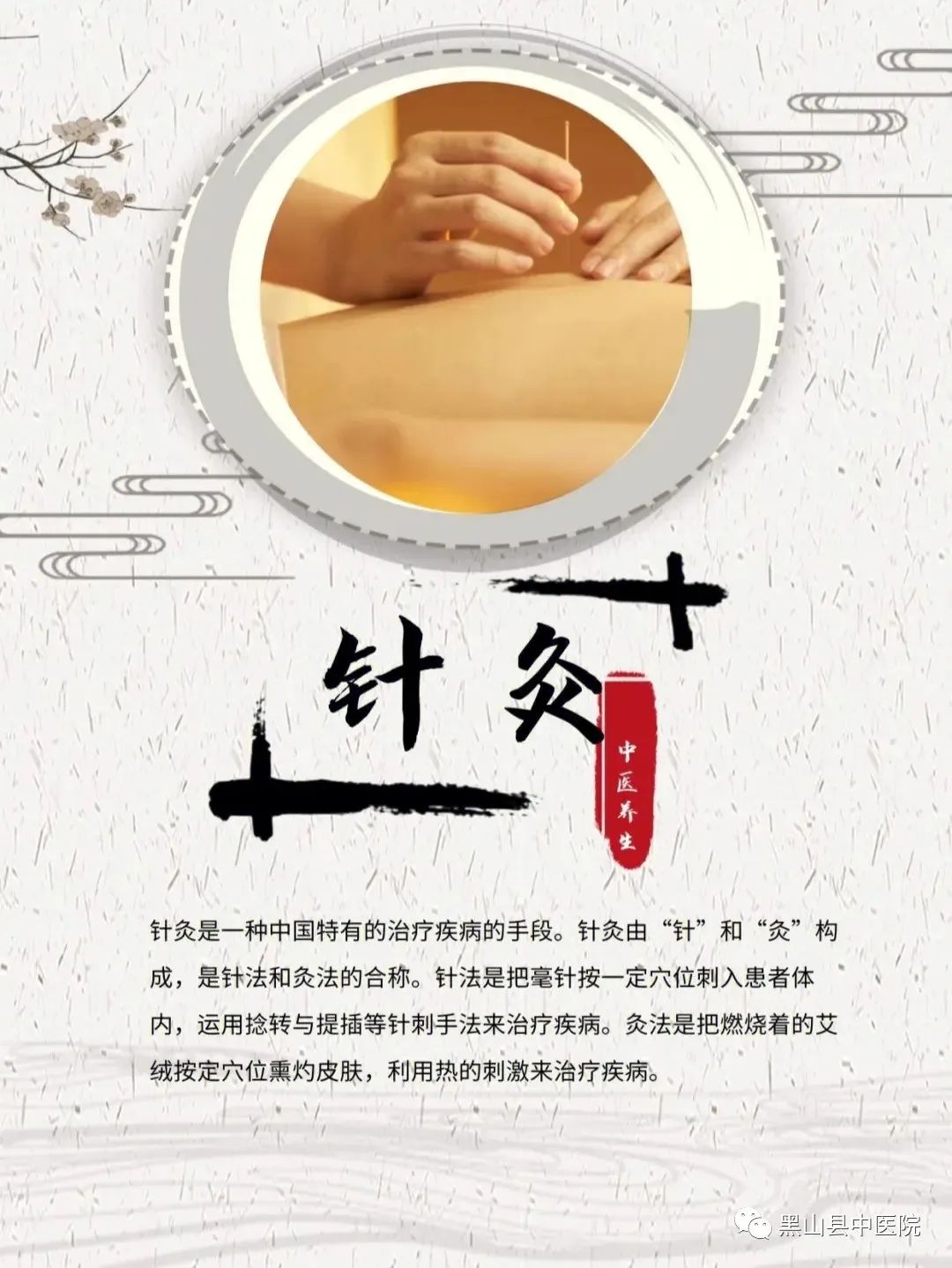
The treatment scope of acupuncture is extensive, addressing various ailments related to the five senses, skin, and external injuries. Acupuncture achieves the goal of maintaining health and treating diseases through the conduction effects of meridians (jingluo) and acupoints (xue), along with specific manipulation techniques, which can harmonize Qi and Blood, balance Yin and Yang, and regulate organ functions.
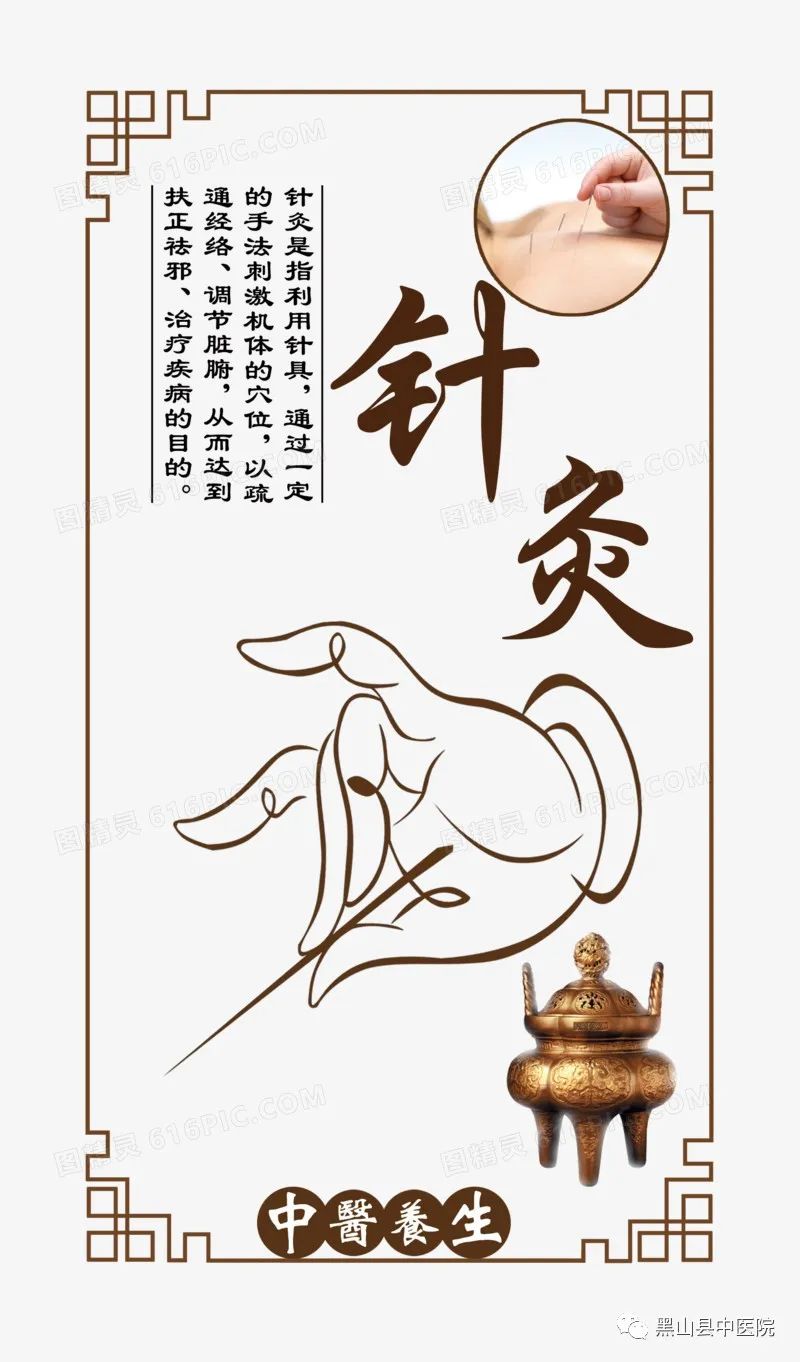
By stimulating acupoints, it is possible to regulate the body’s meridians, allowing for their expansion, which facilitates smoother and more stable circulation of Qi and Blood. When Qi and Blood are harmonious, the body remains healthy.
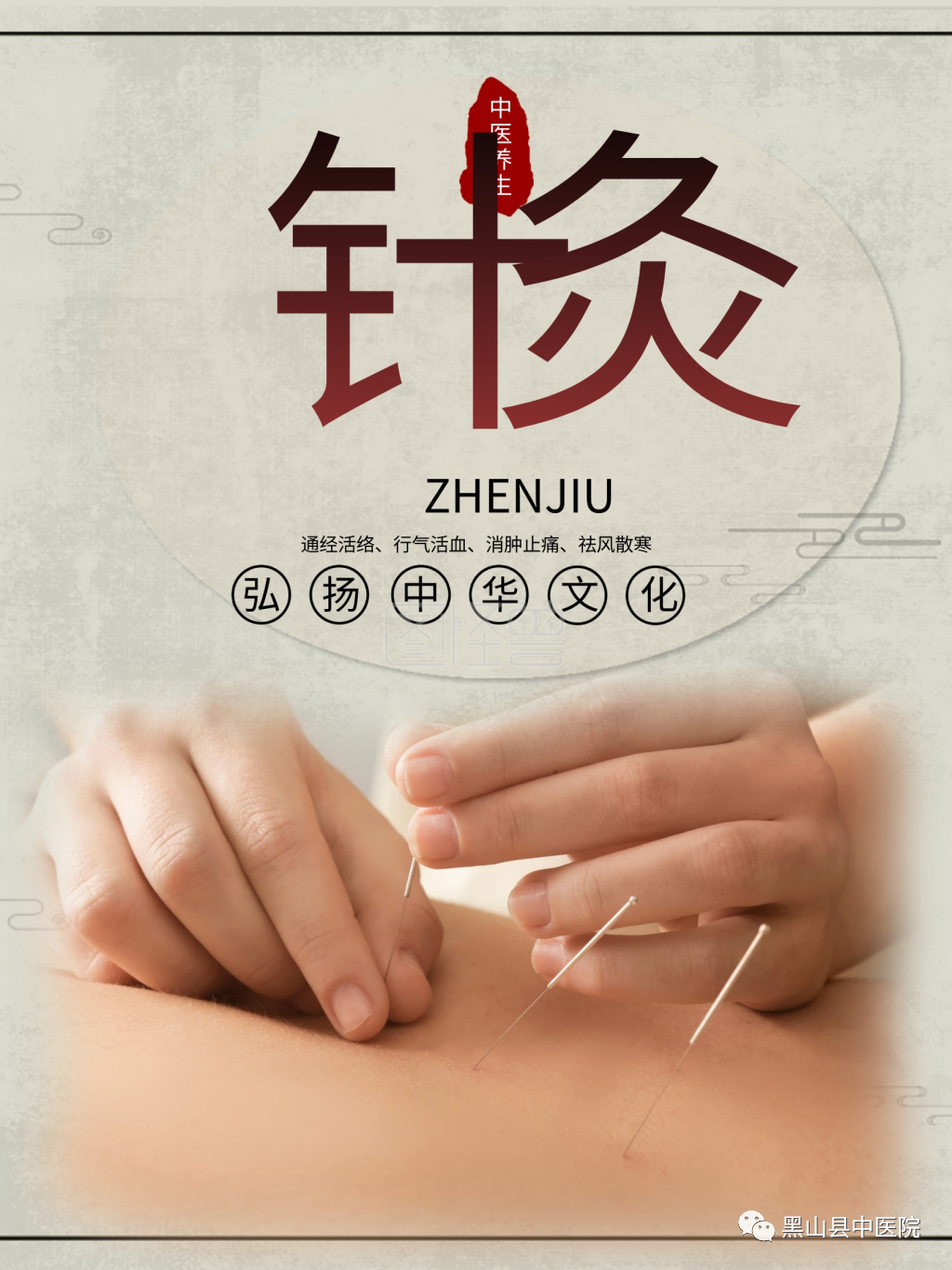
When there is an imbalance of Yin and Yang in the body, acupuncture can stimulate different meridian acupoints to restore balance, thereby reducing the likelihood of disease.
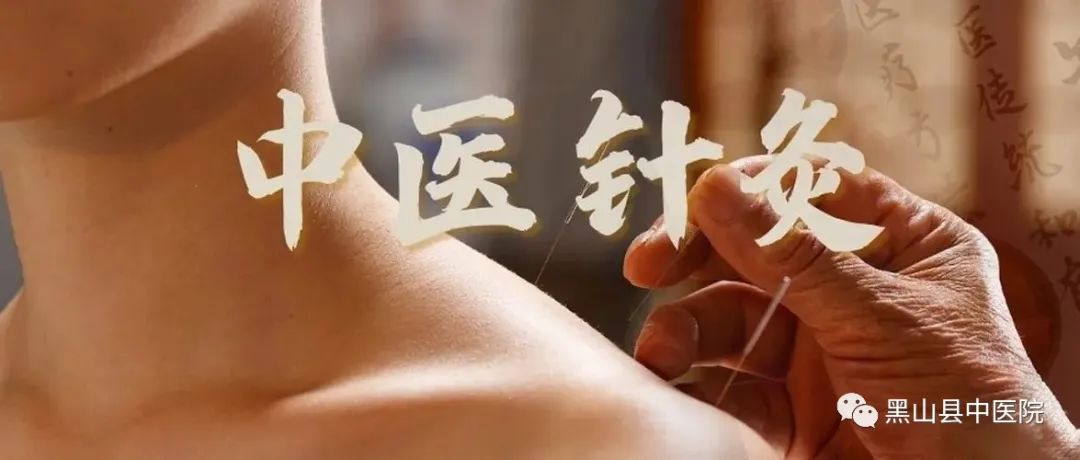
If there are issues with the body’s five organs (wuzang) and six bowels (liubao), it can lead to serious diseases. However, by stimulating specific acupoints through acupuncture, one can effectively regulate the functions of the five organs and six bowels, making it an optimal method for maintaining health.
Submitted by: Acupuncture Department
Author: Zhang Siqi
Proofreader: Wang Jiachang
Editor: Yang Zimo


